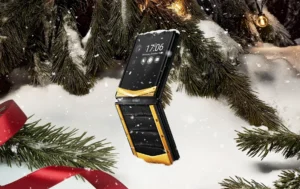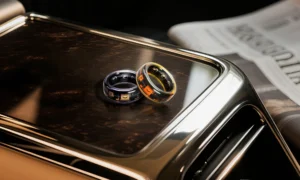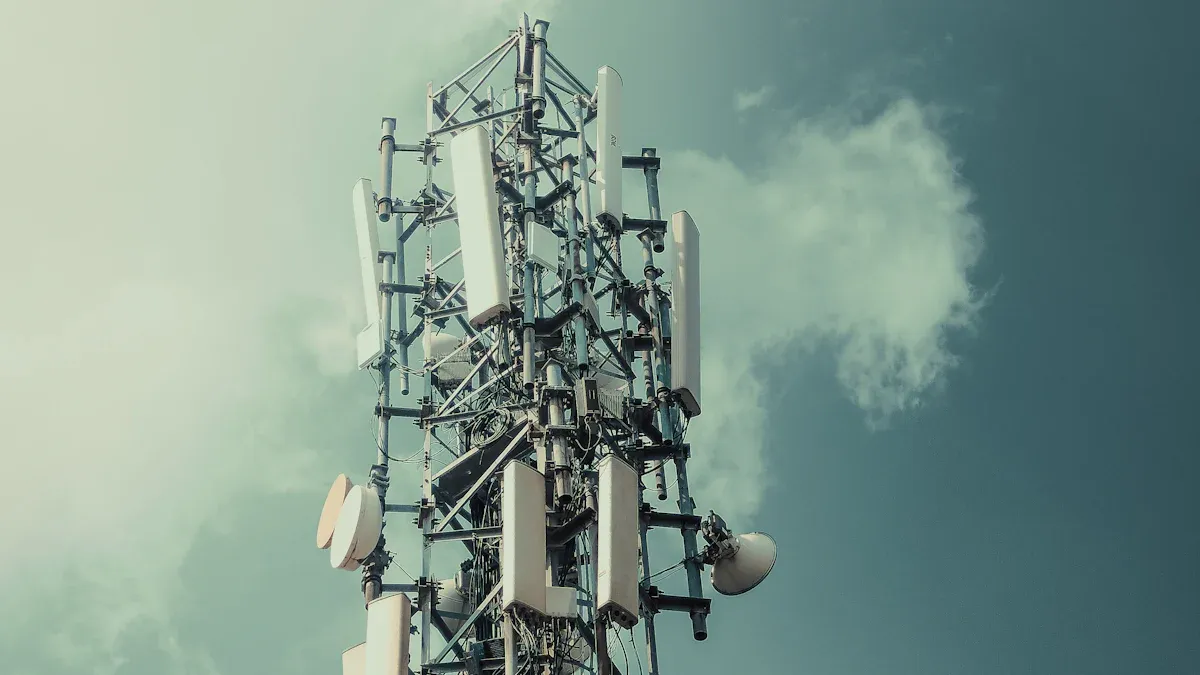
Are you searching for the best 5G phone for outdoor signal during your trips in 2025? You have many excellent options to consider. These include the Samsung Galaxy S25 Ultra, iPhone 16 Pro Max, Google Pixel 9 Pro, Oukitel WP30 Pro, Oukitel WP39 Pro, Samsung Galaxy A16 5G, and Moto G Power (2025). These 5G phones for outdoor signal are known for delivering a strong and steady connection, even when you venture outside the city. Many users rate their outdoor 5G performance highly, as shown in the chart below:
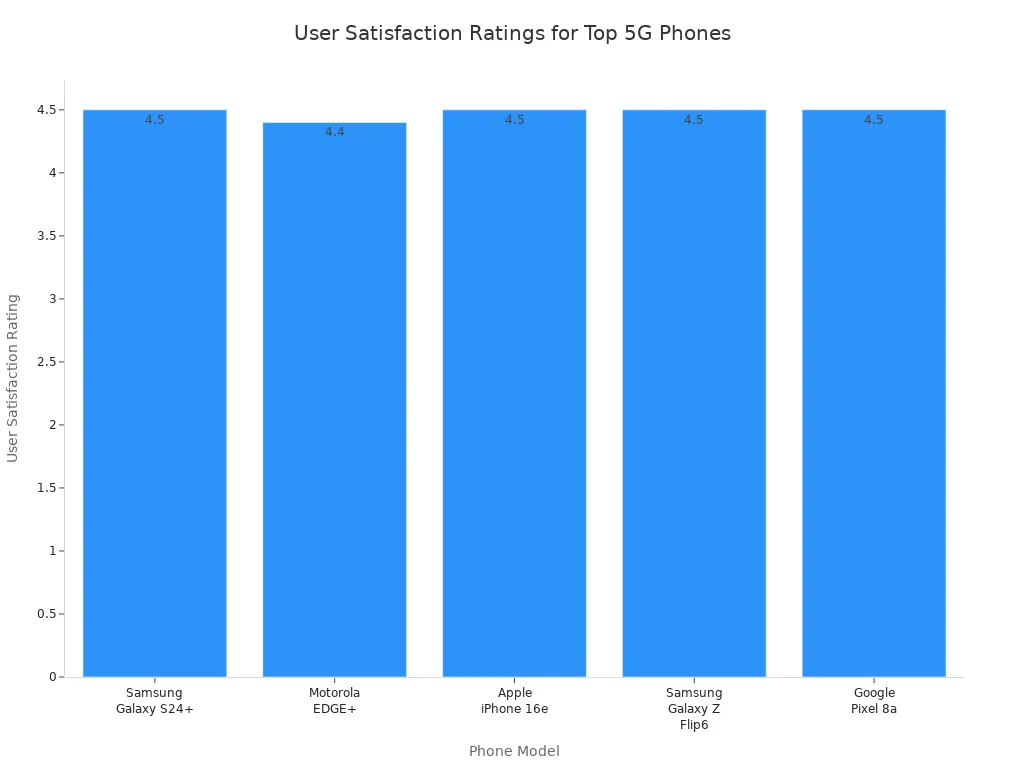
If you want a 5G phone for outdoor signal that’s reliable and fast no matter where you go, these models are excellent choices.
Key Takeaways
-
Pick 5G phones that have strong antennas. Make sure they support many 5G bands. This helps you get a better signal outside.
-
Find rugged phones with IP68 or MIL-STD ratings. These ratings help protect your phone from drops. They also keep it safe from water and dust.
-
The best outdoor 5G phones are Samsung Galaxy S25 Ultra, iPhone 16 Pro Max, Google Pixel 9 Pro, and tough Oukitel models. These phones have big batteries.
-
You can get a better 5G signal outside by updating your phone. Try moving to open spaces. Use signal boosters. Choose carriers that have good coverage.
-
Think about what you do outside and how much you want to spend. This helps you pick a phone that is tough, works well, and is not too expensive. You will get a reliable 5G connection.
Why Outdoor 5G Reception Matters
Everyday Use Cases
You probably use your phone outdoors more than you think. Maybe you like to hike, camp, or travel to new places. When you step outside, you want your phone to keep you connected. A strong 5g signal lets you share photos, stream music, and stay in touch with friends. If you ever need help, you can call for assistance right away.
Imagine you are camping in the mountains. You want to check the weather or send your location to family. With good 5g coverage, you can do these things easily. But if your phone loses signal, you might feel cut off from the world.
Many people find that traditional cell service and boosters do not always work well in remote areas. Even if you try different plans, the 5g network may only stay stable near cities. Some outdoor fans turn to satellite internet for better 5g connectivity, but this can cost a lot. Reliable 5g availability outdoors helps you avoid dropped calls, slow internet, and frustration.
Outdoor Connectivity Challenges
Staying connected outdoors is not always easy. You face many challenges that can weaken your 5g signal. Here are some common problems:
-
Weak or dropped calls happen often in rural or remote places.
-
Slow or unstable internet makes it hard to use apps or browse the web.
-
Emergency calls may not go through if the 5g network is weak.
-
Tall buildings, thick trees, and mountains can block 5g signals.
-
Long distances between towers reduce 5g coverage.
Technical factors also play a big role. The design of antennas, the height of towers, and the use of new technologies like massive MIMO all affect how well your phone connects. High-frequency 5g signals, like mmWave, do not travel far and cannot pass through solid objects easily. In cities, small 5g cells must be placed close together to keep your signal strong. Weather, terrain, and even crowded areas can cause interference and make 5g availability less reliable.
If you want the best outdoor experience, look for a phone that handles these challenges well. The right device will help you stay connected, safe, and happy wherever you go.
Criteria for the Best 5G Phones
When you look for a phone with the best outdoor 5g signal, you want to know what really matters. Let’s break down the main factors that help a phone stand out for outdoor use.
Antenna and Modem Technology
A great 5g phone starts with smart antenna design. Phones with MIMO (Multiple Input Multiple Output) antennas can send and receive more data at once. This means you get faster speeds and a stronger 5g signal, even when you’re far from a tower. Newer models use advanced modems, like the Snapdragon X65 or X70, which help your phone hold onto weak signals and save battery. Good antenna placement inside the phone also keeps your 5g connection steady, so you don’t drop calls or lose internet when you’re outside.
Tip: Phones with the latest modem and antenna tech usually show better 5g performance in real-world tests.
Supported 5G Bands
Not all 5g is the same. You want a phone that works with the most important 5g bands:
-
Low-band 5g (600 MHz – 1 GHz): Best for wide outdoor coverage, especially in rural areas.
-
Mid-band 5g (1 GHz – 6 GHz): Offers a balance of speed and coverage, great for suburbs and cities.
-
High-band 5g (mmWave, above 24 GHz): Super fast but only works well in crowded city spots.
Phones that support more bands can connect to more towers, giving you a better 5g signal wherever you go.
Manufacturer Optimizations
Phone makers do more than just add hardware. They tweak software and update firmware to boost your 5g signal. Some brands use AI to switch bands or manage power, so your phone stays connected longer. These optimizations can make a big difference when you’re outdoors and moving between different 5g zones.
Rugged and Durable Features
If you spend a lot of time outside, you need a phone that can handle tough conditions. Look for IP68 or higher ratings for dust and water protection. MIL-STD-810G certification means your phone can survive drops, shocks, and extreme weather. These features keep your 5g phone working, even if you drop it or get caught in the rain.
Note: Rugged phones with strong IP and MIL-STD ratings are perfect for hiking, construction, or any outdoor adventure.
Best 5G Phones 2025
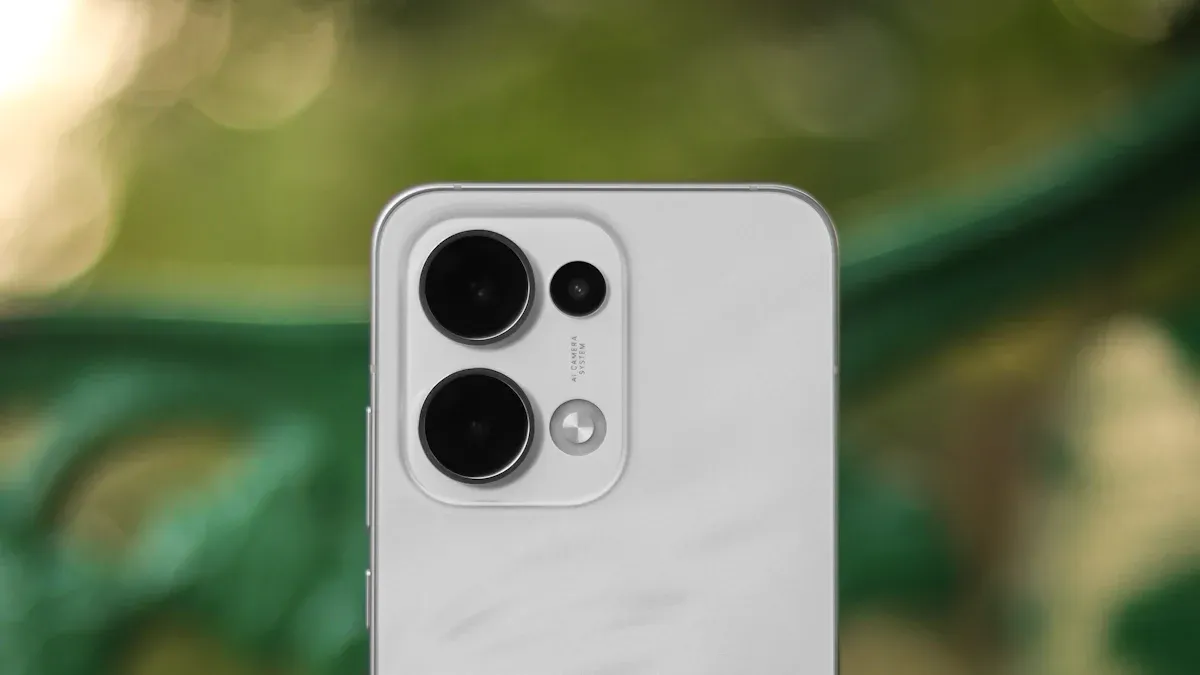
Samsung Galaxy S25 Ultra
The Samsung Galaxy S25 Ultra is great for outdoor use. The screen is huge and very bright. You can see it even when the sun is out. The phone is strong because of its titanium frame and Gorilla Glass Armor 2. It will not break easily if you drop it outside. It has IP68, so water and dust will not hurt it. You do not need to worry about rain or dirt.
Here is a quick summary of what is good and what is not:
|
Feature / Drawback |
Details |
|---|---|
|
Display |
6.9-inch Dynamic LTPO AMOLED 2X, peak brightness 2600 nits, visible in direct sunlight |
|
Connectivity |
5G support, Wi-Fi 7, Bluetooth 5.4 |
|
Build Quality |
Titanium frame, Gorilla Glass Armor 2, IP68 water/dust resistance |
|
Performance |
Snapdragon 8 Elite chipset, octa-core CPU, Adreno 830 GPU, AI features |
|
Battery and Charging |
5000 mAh battery, 45W wired charging, 15W wireless charging |
|
Storage |
No microSD card support |
|
S Pen |
Precise writing/drawing, no Bluetooth remote control |
|
Design |
Similar to previous generation, small improvements |
Pros:
-
The screen is easy to see outside
-
5g and Wi-Fi 7 work well
-
The phone is tough and water resistant
-
It runs fast and smooth
Cons:
-
Charging is not as quick as some phones
-
You cannot add more storage
-
S Pen does not have Bluetooth
This is a top 5g flagship for outdoor use.
iPhone 16 Pro Max
The iPhone 16 Pro Max is a strong choice for outdoor use. The Ceramic Shield glass is much tougher than before. The IP68 rating means water and dirt will not stop it from working. The A18 Pro chip makes the phone fast and the battery lasts a long time. This helps if you are outside all day.
Here is a table with the main points:
|
Aspect |
Advantage |
Disadvantage |
|---|---|---|
|
Durability |
IP68 water/dust resistance, safe up to 5 feet deep for 30 minutes |
Needs a shockproof case for drops outdoors |
|
Build Material |
Ceramic Shield glass, 50x tougher than before, twice as strong as rivals |
N/A |
|
Performance & Battery |
A18 Pro chip, 30% faster, better battery life |
N/A |
|
Connectivity |
Not detailed for outdoor-specific 5G or satellite |
No clear info on outdoor 5G features |
|
Design & Display |
N/A |
Few design changes, less smooth display than some rivals |
Pros:
-
Very strong and hard to break
-
Battery lasts a long time
-
Runs fast
Cons:
-
You should use a tough case for drops
-
Not much info about outdoor 5g features
-
The screen is not the smoothest
This is a good pick if you want a phone that lasts outdoors.
Google Pixel 9 Pro
The Google Pixel 9 Pro is a good android 5g phone for outside. The 5g modem keeps your signal strong all day. The 6.8-inch OLED screen is bright, even in sunlight. It can reach up to 3000 nits. The battery lasts long enough for most trips.
Here is what is good:
-
The screen is bright and easy to see
-
The battery lasts for long days
But keep in mind:
-
Charging is slower than some phones (37W max)
-
The phone is big and heavy
-
There is not much info on 5g signal, but reviews say it is steady
If you want a compact 5g flagship with a strong screen and steady 5g, this is a good choice.
Oukitel WP30 Pro
The Oukitel WP30 Pro is made for people who need a tough 5g phone for outdoor signal. It can handle drops, water, and dust. The battery is huge, so you can use it for days. It supports 5g, so you stay connected in rough places.
Key features:
-
Drop resistance with MIL-STD-810H
-
IP68/IP69K water and dust proof
-
Works in very hot or cold weather
-
11000mAh battery with fast charging and power bank use
-
MediaTek Dimensity 6100+ 5g processor
Pros:
-
Very tough and works well outside
-
Battery lasts a long time
-
Can charge other devices
Cons:
-
Heavier and bigger than most phones
-
Not as stylish as other flagships
This is one of the best 5g phones for outdoor use if you need something strong.
Oukitel WP39 Pro
The Oukitel WP39 Pro is even tougher than the WP30 Pro. It has MIL-STD-810H drop protection and IP68/IP69K ratings. The battery lasts for days. It works in very hot or cold places. The 5g keeps you online, and you can use it as a power bank.
|
Feature Category |
Details |
|---|---|
|
Durability |
MIL-STD-810H, IP68/IP69K, drop resistance up to 1.5 meters |
|
Battery |
11000mAh, 18W fast charging, OTG power bank |
|
Processor |
MediaTek Dimensity 6100+ 5G |
|
Display |
6.6-inch FHD+ IPS, Gorilla Glass 5 |
|
Camera |
64MP main, 8MP night vision, 2MP macro, 32MP front |
|
Operating System |
Android 14 |
|
Connectivity |
5G, Wi-Fi, Bluetooth, NFC, GPS/Glonass/Galileo/Beidou |
|
Security |
Fingerprint, Face Unlock |
|
Weight |
360g |
Pros:
-
Survives drops, water, dust, and bad weather
-
Battery lasts a long time
-
Good 5g and GPS
Cons:
-
Very heavy and thick
-
Not for people who want a slim phone
This is a great 5g flagship for wild adventures.
Samsung Galaxy A16 5G
The Samsung Galaxy A16 5G is a good deal for the price. The 6.7-inch AMOLED screen is big and bright. You can see it outside easily. The 5000mAh battery lasts up to two days. You do not need to charge it often. This phone is smart if you want a 5g phone value and do not want to spend a lot.
Strengths:
-
Big, bright screen for outside
-
Battery lasts a long time
-
Strong build and long software support
Weaknesses:
-
Camera is not great in low light or wide shots
-
Sometimes the phone is slow
-
Thick bezels and old notch style
-
Only one speaker, sounds tinny when loud
-
Charging is slow, no wireless charging
This is one of the best 5g phones for outdoor use if you are on a budget.
Moto G Power (2025)
The Moto G Power (2025) is a cheap 5g phone value for outdoor use. It has 5g, a big battery, and a bright 6.7-inch screen. The phone has IP52, so it can handle splashes and light rain. It has good GPS and dual SIM, which is good for travel.
|
Feature / Limitation |
Details |
|---|---|
|
5G Connectivity |
Supports 5G networks; coverage depends on your area and plan |
|
SIM Support |
Dual SIM + microSD slot |
|
Location Services |
GPS, A-GPS, LTEPP, GLONASS, Galileo, SUPL |
|
Wi-Fi |
Dual-band Wi-Fi, hotspot capability |
|
Battery |
|
|
Display |
6.7″ HD, 120 Hz, Gorilla Glass 3 |
|
Water Resistance |
IP52, splash and rain protection |
|
Limitations |
Not compatible with all 5g networks, limited water resistance |
|
Connectivity Variability |
5g speed depends on your carrier, signal, and weather |
Pros:
-
Low price
-
Battery lasts a long time
-
Good for travel with dual SIM and GPS
Cons:
-
5g is not the fastest
-
Only splash-proof, not waterproof
-
5g coverage depends on where you are
This is a simple, reliable 5g phone for outdoor signal if you do not want to spend much.
5G Phone for Outdoor Signal: Comparison Table
If you want a good 5g phone for outside, it helps to compare them. Some people care about how strong the phone is. Others look at how well it gets 5g signal or how much it costs. The table below shows the main things you should know when using your phone outdoors.
|
Phone Model |
Outdoor 5G Signal Strength |
Supported 5G Bands |
Rugged Features |
Price Range (2025) |
|---|---|---|---|---|
|
Samsung Galaxy S25 Ultra |
Not specified |
Not specified |
Titanium frame, Gorilla Glass Armor 2, IP68 |
$1,299 (256GB) to $1,659 (1TB) |
|
iPhone 16 Pro Max |
Not specified |
Not specified |
Titanium frame, Ceramic Shield, IP68 |
Mid-range (exact price not listed) |
|
Google Pixel 9 Pro |
Not specified |
Not specified |
IP68 water/dust resistance |
$1,099 (128GB) to $1,169 (512GB) |
|
Oukitel WP30 Pro |
Strong in real-world use |
Wide global bands |
MIL-STD-810H, IP68/IP69K, drop resistant |
$499 – $599 |
|
Oukitel WP39 Pro |
Strong in real-world use |
Wide global bands |
MIL-STD-810H, IP68/IP69K, drop resistant |
$549 – $649 |
|
Samsung Galaxy A16 5G |
Good for price |
Global 5G bands |
Basic water resistance, sturdy build |
$249 – $349 |
|
Moto G Power (2025) |
Decent for budget |
Limited 5G bands |
IP52 splash resistance, durable plastic |
$199 – $249 |
Note: Some companies do not give exact numbers for outdoor 5g signal or bands. You can use this table to see which phones are tough and how much they cost. This is important if you spend a lot of time outside.
If you want a 5g phone that can survive drops, water, and dust, the Oukitel phones are a good pick. They work well in hard places and have big batteries. Samsung and Apple phones use strong materials and protect your phone, but they are more expensive. Cheaper phones like Moto G Power (2025) and Galaxy A16 5G have basic tough features and okay 5g for less money.
Think about where you go most and how careful you are with your phone. This table can help you choose the best phone for your next trip.
Tips to Maximize Outdoor 5G Signal
Adjusting Settings
You can get better 5g signal outdoors by making a few quick changes on your phone. First, always keep your phone’s software updated. Updates help your device connect to the latest 5g network features. If you notice weak signal, try moving to a higher spot or closer to a window. This helps your phone catch more signal bars. You can also turn on Wi-Fi calling. This lets you make calls over the internet when the 5g signal drops. Sometimes, switching your phone to airplane mode for a few seconds and then turning it off can refresh your connection.
Tip: Check your phone’s network settings and make sure it’s set to use 5g as the preferred network type.
Using Signal Boosters
Signal boosters can make a big difference when you’re outdoors or in remote places. These devices grab weak 5g signals and make them stronger. You can use a booster at home, in your car, or even at a campsite. For the best results, place the booster’s antenna as high as possible, like on a roof or a tall pole. Make sure the booster matches your carrier’s 5g bands. Some boosters work better with certain carriers, so check before you buy.
-
Signal boosters help you get faster 5g download speed and fewer dropped calls.
-
Pick a booster that fits your needs, like one for your car or a bigger one for your cabin.
Choosing the Right Carrier
Not all carriers offer the same 5g coverage in every area. Some work better in cities, while others cover rural spots. Before you pick a plan, look up which carrier has the best 5g network where you spend most of your time outdoors. You can ask friends, check coverage maps, or read reviews. If you travel a lot, choose a carrier with wide 5g coverage and support for many bands. This helps you stay connected and enjoy fast 5g download speed wherever you go.
Avoiding Signal Blockers
Many things can block your 5g signal outside. Trees, hills, and even bad weather can make your signal weaker. Try to avoid standing near big metal objects or thick walls. If you can, move to an open area with a clear view of the sky. This gives your phone the best chance to catch a strong 5g signal. Remember, even your hand can block the antenna, so hold your phone in different ways if the signal drops.
Note: Knowing what blocks your signal helps you find the best spot for strong 5g connectivity.
If you need a good 5g phone for outdoor trips, rugged phones like the DOOGEE Fire 6 Max and S200 are great picks. These phones have big batteries, so they last a long time. They are waterproof, so rain or water will not break them. Night vision cameras help you take pictures in the dark. This makes them good for hiking or camping. Flagship phones are fast and look cool. Cheaper phones are easy to use and cost less. Look at the comparison table and tips to find a phone that fits your needs. Always check if your carrier has good coverage and read what real users say before you buy.
FAQ
What makes a phone good for outdoor 5G signal?
You want a phone with strong antennas, support for many 5G bands, and a tough build. Phones with IP68 or MIL-STD ratings handle drops and water better. These features help you stay connected when you go outside.
Can I improve my 5G signal outdoors?
Yes! Try moving to higher ground or away from trees and buildings. Keep your phone’s software updated. You can also use a signal booster if you spend lots of time in remote places.
Do rugged phones get better 5G reception?
Rugged phones often have strong antennas and tough cases. They work well in harsh weather or rough places. You may not get faster speeds, but your phone will survive drops, dust, and water.
Will my 5G phone work everywhere?
Not always. Some places have weak 5G coverage. Your phone might switch to 4G or lose signal. Check your carrier’s coverage map before you travel or buy a new phone.

